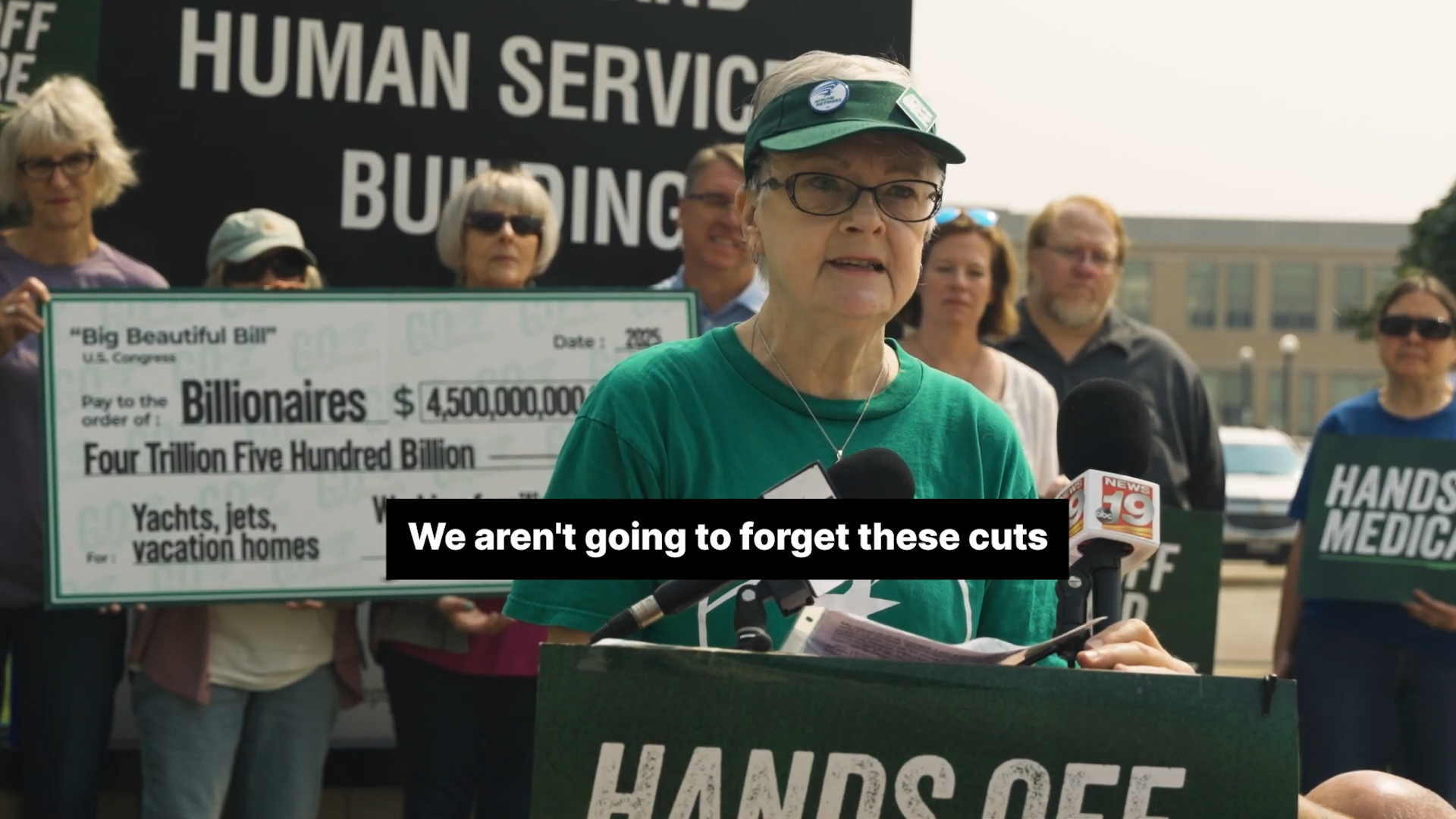I’m Dr. Melissa Hidde. I am a family medicine doctor, and I do full scope Family Medicine. So that means I see patients of all ages. I still deliver babies. I take care of moms and babies in the hospital.
There’s a lot of misunderstanding between the concepts of gender and the concepts of sexuality. A lot of people tend to focus on things that we wouldn’t politely ask a friend or a neighbor about, but because this population is put under such scrutiny, I think that’s where the focus tends to go.
We should be focusing on people and who they are, and their brains, and not necessarily other body parts. We know gender is rooted in the brain. Now, there’s not a test to say if I scan you or if I X-ray you, can I tell your gender, because it really truly is just this internal experience. It’s this internal, “Who am I when I close my eyes, and how do I interact with the world?”
We, as humans, love to put things into buckets, right? Everybody’s over here, or over here. And we do this with all sorts of things, whether that’s race or gender or, you know, even things as mundane as sports fanship. But we know that gender is a lot more complicated than that.
Being transgender, identifying as gender diverse, is not a disorder, it’s not a mental condition. It’s just part of the variation of being human, of being people.
However, many, many people do experience gender dysphoria. Gender dysphoria is a very persistent, meaning at least six months—typically it’s lifelong—feeling of not fitting with their body, not fitting with the secondary sexual characteristics that people gain at puberty, really any misalignment in how people want to see themselves, how they wish they could see themselves, they wish the world could see them, they wish the world treated them. And that really not fitting with who they are on the outside, the parts they were given, the way that society’s able to see them, is what creates that mismatch and what can create that dysphoria.
So, when we treat it, the goal is to help people better align their outside self, who they want the world to see, with who they truly are on the inside.
I describe gender-affirming care really as anything that helps somebody feel their best.
So, for little kids, that may be dressing a certain way, that may be dressing up a certain way, that may be not wanting to dress in a way that mom or dad wants them to dress or cut their hair, or things like that. So, really, when kids are little, it’s just within safe boundaries, letting them kind of explore and pick and choose the things that they like best, or have friends that fit their interests best.
When we get to puberty, if we have a kiddo who’s been very adamant about their gender identity for years, forcing them to go through puberty to create permanent changes in their body that are creating a ton of anxiety and strife and dysphoria, that in itself has some inherent risks. So, affirming care might mean that we use medications to pause puberty to give us time to let us figure out who this kid is, to figure out who they are, and to just keep the body from going through some of those permanent changes.
We’re seeing a lot of states try and ban gender-affirming care for youth. And, first off, that’s exceedingly complicated because what does that mean? Does that mean I can’t call you by the right name? Does that mean I can’t use the right pronouns? Does that mean we’re ascribing one gender to dress in a particular way and the other gender has to dress in a particular way? That’s ridiculous.
Obviously, the focus in many of these states, with many of these legislators, is halting the medical transition of youth. Nowadays, there are kids, there are youth, there are people who feel safe enough to share who they are at a young enough age that we have an opportunity to prevent their body from going through irreversible changes, to allow them to tell us who they are and how they want to be received by the world.
Forcing people to go through puberty, similar to other issues going on in the country right now, really has some harms, and I don’t think these legislators understand that. So, when we talk about banning care, first off, you’re not a doctor. Get out of my exam room. Don’t practice medicine without a license. When we politicize kids, all we’re doing is telling them that we don’t love them and that they don’t matter, and we’re just telling them that we don’t support them, when studies show the opposite is what helps protect them.
It’s the best thing we get to do when we come and we see people who had their head down and could barely talk and were so scared, and then a couple visits later or a couple years later, as we’ve kind of come out the other side of the journey, to just see people living their life and being their best self. It’s super rewarding.
All the major medical organizations support gender-affirming care, support patient-doctor relationships, and support keeping politics out of medicine. We have lots of data showing that we can do this safely.
We have study after study showing gender-affirming care, in particular, can improve mental health. Yet, we’re being told the opposite in the media, so the public is hearing a different story when that’s not what’s supported by the data. Physicians have dedicated their lives—their 20s, the majority of their time and effort and earning potential—to learning the nuance and the complexity of medicine. And there’s just no way for a lawmaker to learn all of that.
We saw this all the way back to the Loving Act, and we saw this with the women’s rights movement. We have a ton of way to go with other civil rights and racial equality. But I think we’re seeing each generation has this big giant social upheaval, and then hopefully reaching a place of acceptance. I hope—I truly hope—is our next step.



